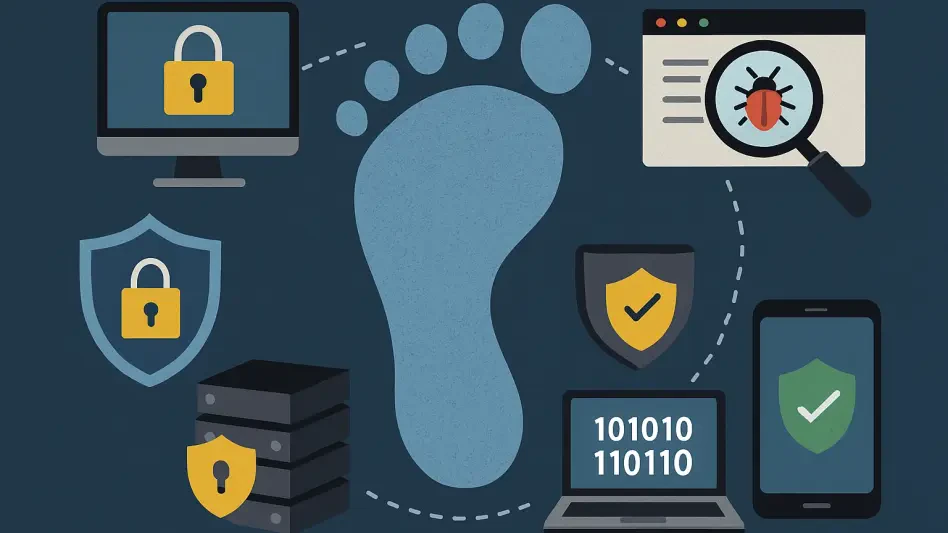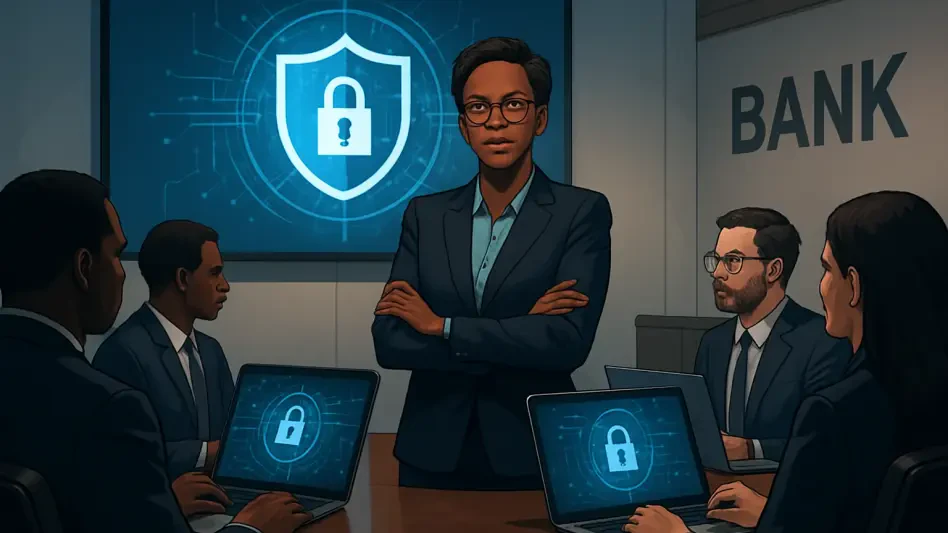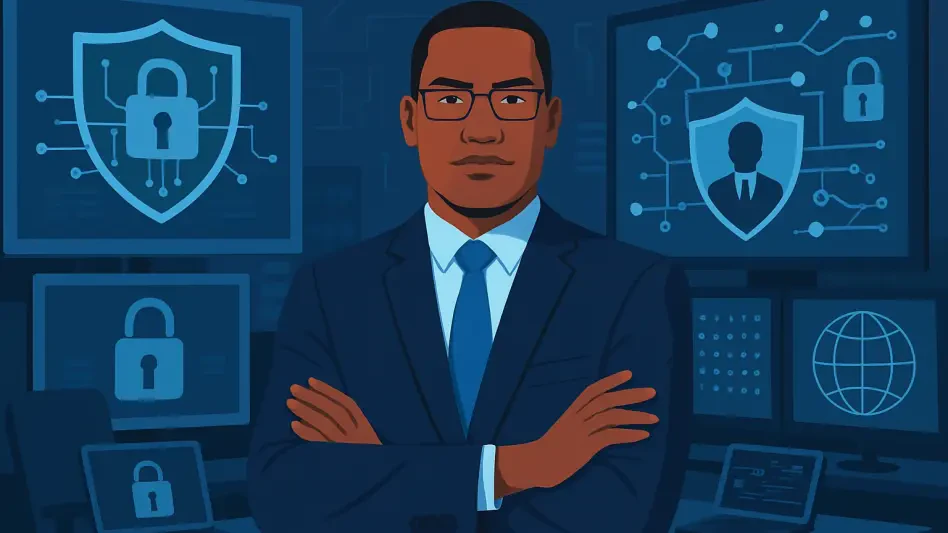In a shocking turn of events, a meticulously planned jewel heist at the iconic Louvre Museum in Paris has unveiled alarming gaps in cybersecurity that reverberate far beyond the art world, sparking intense scrutiny over how even prestigious institutions can falter with something as basic as password security. This incident, where thieves executed a brazen theft in mere minutes, has fueled debates about the intersection of digital and physical security. More than just a theft, this breach serves as a wake-up call for organizations globally, exposing how seemingly minor oversights can lead to monumental losses. The fallout from this event offers a compelling lens through which to examine the state of cybersecurity practices today, urging a reevaluation of priorities in an era where digital vulnerabilities can amplify real-world risks.
Unveiling the Security Breakdown
Digital Vulnerabilities at the Core
The heart of the Louvre incident lies in the rumored use of an astonishingly weak password for a critical surveillance system, a flaw that reportedly lingered from outdated security audits. This oversight, if true, exemplifies how even the most sophisticated infrastructures can be undone by the simplest of errors. Cybersecurity experts have long warned that easily guessable passwords remain a primary entry point for attackers, and this case underscores that reality with chilling clarity. Beyond the password itself, the breach highlights a systemic failure to update and enforce robust digital safeguards. Such vulnerabilities create a domino effect, where a single weak link compromises an entire security apparatus. The incident serves as a stark reminder that digital defenses must be treated with the same urgency as physical barriers, especially in high-stakes environments like museums housing irreplaceable treasures. Organizations must recognize that neglecting basic cybersecurity hygiene can invite catastrophic breaches, regardless of other protective measures in place.
Physical and Digital Security Intersection
Equally troubling in the Louvre case is how digital weaknesses amplified physical security lapses, allowing thieves to exploit both realms in a coordinated strike. The rapid seven-minute theft suggests that attackers not only accessed digital systems but also navigated physical barriers with alarming ease, likely due to inadequate access controls and response protocols. This convergence of vulnerabilities reveals a critical blind spot: cybersecurity and physical security cannot operate in silos. When digital systems fail, they often disable the ability to monitor or react to physical intrusions effectively, creating a perfect storm for breaches. The incident emphasizes the need for integrated security frameworks that address both domains holistically. Without such synergy, even the most fortified locations remain at risk of exploitation. Institutions must prioritize seamless coordination between these two facets to prevent future incidents, ensuring that a breach in one area does not cascade into total system failure.
Lessons for Global Organizations
Reinforcing Password and Credential Management
One of the most glaring takeaways from the Louvre heist is the urgent need for stringent password policies and regular credential audits across all sectors. The notion that a high-profile institution could rely on a predictable password exposes a pervasive issue—many organizations still underestimate the importance of robust authentication practices. Implementing complex, unique passwords and enforcing frequent updates can significantly reduce the risk of unauthorized access. Moreover, adopting multi-factor authentication (MFA) as a standard adds an essential layer of defense, ensuring that even compromised credentials do not grant immediate entry. Beyond technical measures, fostering a culture of cybersecurity awareness among employees is vital to prevent human error from becoming the weakest link. Regular training on recognizing phishing attempts and securing access points can empower staff to act as the first line of defense. For any entity handling sensitive assets, prioritizing these fundamental practices is not just a recommendation but a necessity to safeguard against similar breaches.
Holistic Security Investment and Governance
Another critical lesson is the undeniable value of sustained investment in security governance, encompassing both digital and physical domains. The Louvre’s director reportedly acknowledged underinvestment as a contributing factor, a confession that resonates with countless organizations grappling with budget constraints. However, the cost of a breach—financial, operational, and reputational—far outweighs the expense of proactive measures. Comprehensive risk assessments that evaluate vulnerabilities across all systems must become routine, identifying gaps before they are exploited. Additionally, maintaining detailed documentation of security efforts can serve as a shield against regulatory scrutiny or liability in the aftermath of an incident. Building incident response plans that address hybrid threats, combining cyber and physical elements, is equally crucial for minimizing damage. Ultimately, treating security as an ongoing priority rather than a one-time fix can transform vulnerabilities into strengths, protecting organizations from the cascading effects of neglect.
Rebuilding Trust After a Breach
The reputational damage from the Louvre incident illustrates a broader challenge for any organization facing a public security failure—restoring trust. Beyond immediate financial losses, the erosion of public confidence can have long-lasting implications, affecting partnerships, visitor numbers, and institutional credibility. Addressing this requires transparent communication in the wake of a breach, acknowledging shortcomings while outlining concrete steps to prevent recurrence. Demonstrating accountability through visible improvements, such as adopting cutting-edge security technologies and engaging third-party audits, can help rebuild faith over time. Furthermore, proactive engagement with stakeholders to discuss lessons learned can turn a crisis into an opportunity for growth. The key lies in showing a commitment to change, ensuring that the public perceives the organization as resilient rather than negligent. This approach not only mitigates reputational harm but also sets a precedent for how breaches should be handled with integrity and foresight.








